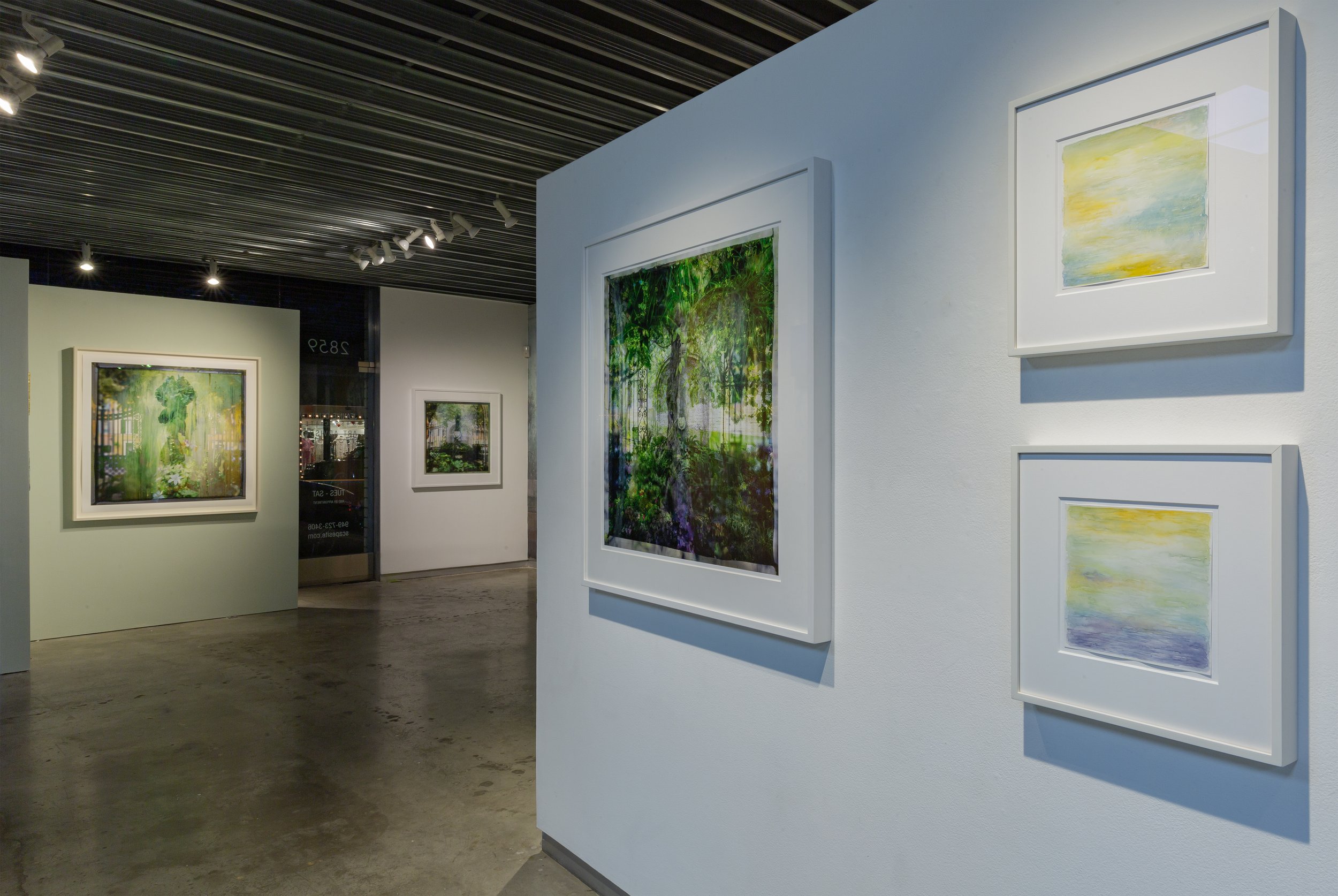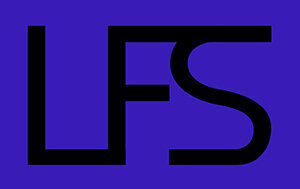
Il Giardino dei Segreti installation @ SCAPE, photographs and watercolors
Watercolours
Study for Hercules and Antaeus I
Study for Hercules and Antaeus I, 2020
graphite and watercolour on rag paper
9 x 9 inches / 23 x 23 cm - paper
16.5 x 16.25 inches / 42 x 41.3 cm - framed
NFS
Study for Land and Sea I
Study for Land and Sea I, 2020
graphite and watercolour on rag paper
9 x 9 inches / 23 x 23 cm - paper
16.5 x 16.25 inches / 42 x 41.3 cm - framed
SOLD
Study for Land and Sea II
Study for Land and Sea II, 2020
graphite and watercolour on rag paper
9 x 9 inches / 23 x 23 cm - paper
16.5 x 16.25 inches / 42 x 41.3 cm - framed
$2,000. framed
Study for Land and Sea III
Study for Land and Sea III, 2020
graphite and watercolour on rag paper
9 x 9 inches / 23 x 23 cm - paper
16.5 x 16.25 inches / 42 x 41.3 cm - framed
$2,000. framed
Study for Land and Sea IV
Study for Land and Sea IV, 2020, 2020
graphite and watercolour on rag paper
9 x 9 inches / 23 x 23 cm - paper
16.5 x 16.25 inches / 42 x 41.3 cm - framed
$2,000. framed
Study for Land and Sea V
Study for Land and Sea V, 2020
graphite and watercolour on rag paper
9 x 9 inches / 23 x 23 cm - paper
16.5 x 16.25 inches / 42 x 41.3 cm - framed
$2,000. framed
Watercolours
Rarely released watercolour studies
When I travel I am almost always moving—either walking to, from or through a museum or historic landmark—or wandering a place to get to know the locale, architecture and landscape. I always have a journal to write my thoughts while studying art in the museums and I allow myself the opportunity to slow my pace as I revel in the work while scribing my dissections of a particular piece of art.
Similarly when traveling, I allow myself the time to sit down for a few hours, set up my watercolours and really look at my surroundings to absorb, observe and document the places I visit—basically the drawings become a visual journal of the landscape in which I have found myself. Time seems to decelerate while considering a hillside, a limitless ocean or a far distant horizon. As an alternative, or more accurately an addendum, to capturing the moment and the place with a photograph and then directly moving on, I sit, look, listen and take note of the phenomena of nature that I am privileged to be experiencing in those moments.
My observations are translated onto the paper with pale lines of graphite first, then I begin painting with the watercolours. The aqueous medium is loose, alive, moving, responsive and sensitive to every aspect of my touch. Allowing the pigments to breath in its own medium requires a kind of restraint through a direct approach, without excessive manipulation. A good deal of patience is essential. Laying down thin washes to give form to atmosphere means I have to paint a few transparent passages and then set the paper aside to allow it time to dry before continuing on. This process encourages working on three of four sheets at any given time, providing the opportunity to slightly shift my responses and record multiple versions of what I am observing. In those moments indelible marks are recorded on both my psyche and the paper as the light transitions and the environment slowly but perceptively transforms before my eyes. Taking that time to not only look, but see, is precious and rare, especially in our fast paced lives driven to experience as much as we can in any given day.
I have a massive appreciation for plein-aire watercolourists who in the past who were able to record the landscape and their environment in inventively unique visions without the aid of photography. JMW Turner is a sterling example—a truly gifted genius of improvised translations of perceptions in the fleeting light of a landscape using an equally elusive medium onto thin sheets of paper, in a matter of moments.
I have always kept my drawings, these watercolours, in a box, hidden away, perhaps a few gifted, but never shown in a gallery or to collectors. They are a personal record of my perceptions and thoughts when I am in a different place, or even the landscape that surrounds my studios—a supplement to my journals and a more fitting way to record my thoughts about whatever it is I am observing outdoors. And it is welcome change from working in the confines of the studio.
In 2020, when travel was restricted, I began exploring various avenues I might take with my larger paintings using my watercolour experience in the field. There was a definite adjustment in my thinking about the larger paintings after I would expand upon various iterations of these paintings with multiple watercolour studies. Just as I look at the landscape, I could take the time to assess the paintings, in lieu of not being able to survey my surroundings in some foreign country. Instead, I was observing a landscape or narrative of my own making. Since I work on the large paintings in an intuitively immersive manner, I never know how I arrive at any given state of a painting’s progress, so it has been a gift to take the time to really inspect the paintings while making the watercolour variations—as a means of weaving, composing and pushing the ideas and directions in which I could take the larger works. These watercolours are a record of that process—personal alterations, diversions and departures of the terrain in my studios and shown here for the first time.
—Lawrence Fodor, February 2021
The watercolour studies are available through the studio: lf@lawrencefodor.online
or:
Friesen Gallery: friesen@friesengallery.com
If you would like to have real-time information about the work please call me or send me a Text Message. If I cannot answer when you call, please leave a message and I will return the call shortly. I would love to have a conversation about the work, or set an appointment with any of my dealers using FaceTime or Zoom.

Study for Annunciation (after Pontormo) I, 2020, detail


















